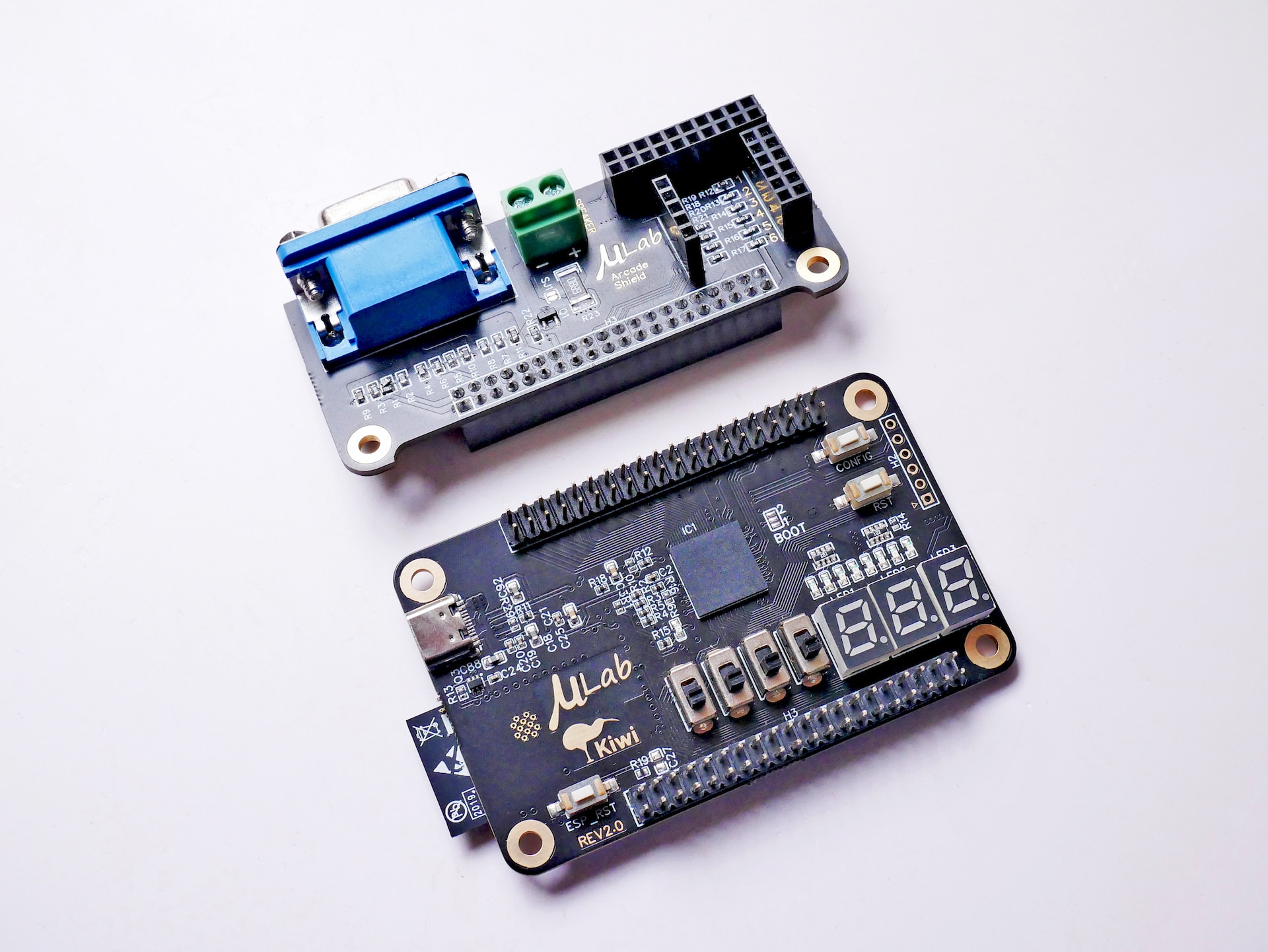
In the ever-evolving landscape of electronics manufacturing, the integration of robotics has emerged as a transformative force in PCB assembly. Robotics, equipped with advanced capabilities and precision, has revolutionized the way printed circuit boards are assembled, offering unparalleled efficiency, accuracy, and scalability.
Robotic systems, equipped with sophisticated vision systems and AI algorithms, excel in precisely placing components on PCBs. Their ability to handle tiny components with microscopic accuracy ensures consistent and error-free placements, significantly reducing the chances of defects in assemblies.
The role of robotics in PCB assembly extends to high-speed production lines. Automated pick-and-place robots work tirelessly, rapidly maneuvering and placing components onto boards at speeds unattainable by manual labor. This acceleration in assembly rates optimizes production efficiency and throughput.
Robotic systems bring a level of flexibility and adaptability crucial in modern manufacturing environments. They can quickly adapt to design changes and accommodate various board configurations, allowing for rapid reprogramming and setup changes, which is particularly beneficial in handling diverse product lines.
Robotic systems play a pivotal role in ensuring stringent quality control. Integrated inspection modules equipped with cameras and sensors allow robots to conduct real-time inspections during assembly. This capability helps identify defects, ensuring that only high-quality, defect-free PCBs reach the end of the assembly line.
The evolution of collaborative robots, or cobots, has further enhanced the role of robotics in PCB assembly. These robots can work alongside human operators, assisting in intricate tasks, increasing productivity, and improving ergonomics in the manufacturing environment.
As technology continues to advance, the future of robotics in PCB assembly holds promise for even greater integration. Further developments in AI, machine learning, and enhanced sensor technologies are expected to refine robotic capabilities, enabling them to handle more complex tasks with increased precision.
Challenges persist, such as the initial investment costs, the need for skilled technicians to operate and maintain robotic systems, and the continuous evolution of technology necessitating ongoing upgrades. However, the benefits in terms of efficiency, precision, and reliability outweigh these challenges, making robotics an integral part of modern PCB assembly.
The role of robotics in modern PCB assembly is indispensable. From precision component placement to high-speed operations and quality assurance, robotic systems have redefined the manufacturing process, setting new standards for efficiency, accuracy, and adaptability. As technology continues to advance, the symbiotic relationship between robotics and PCB assembly will undoubtedly lead to further innovations, driving the industry towards greater heights of excellence.